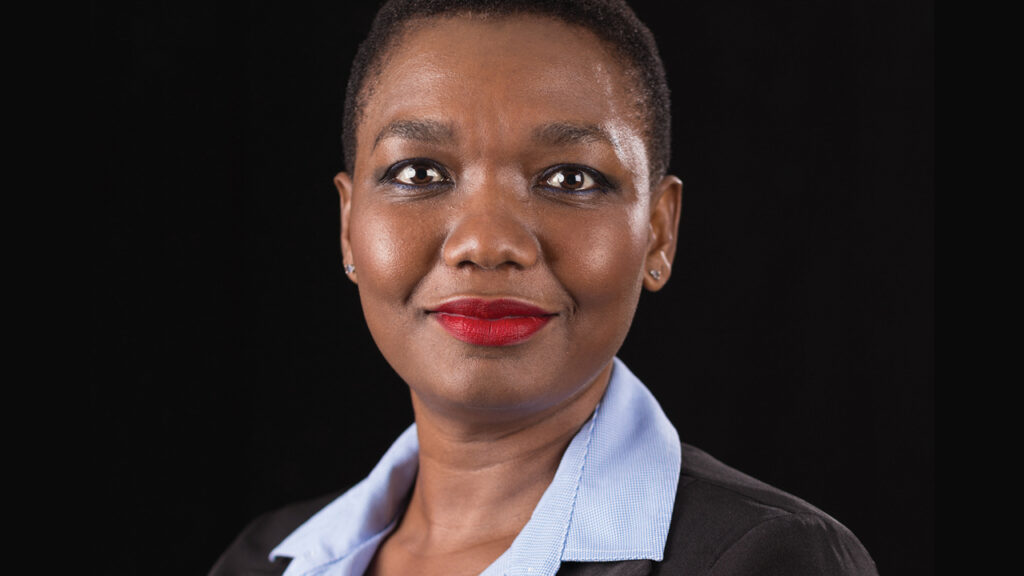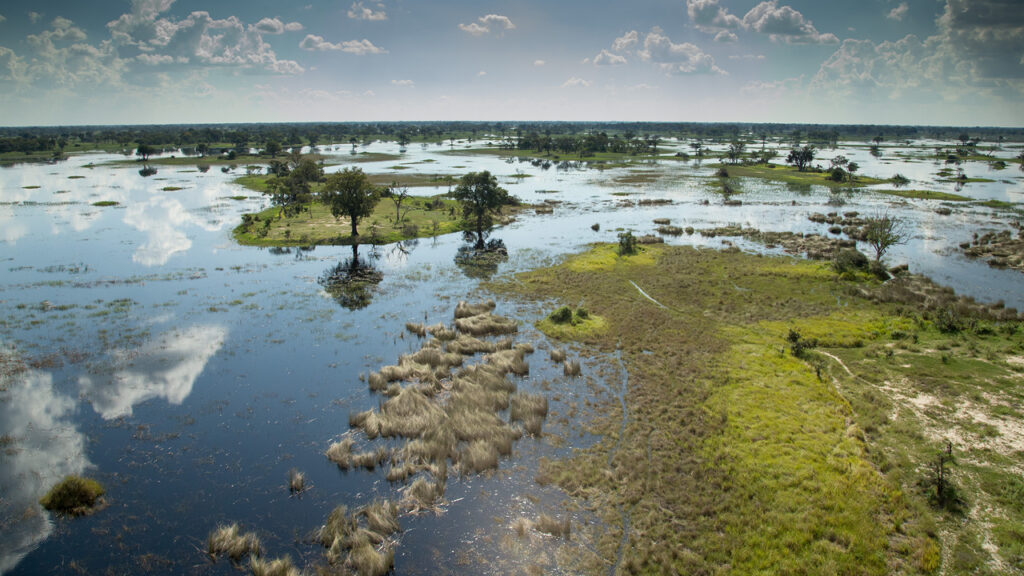Beyond Prince Harry: Securing Botswana’s Diamond Legacy
What connects Prince Harry and Kim Kardashian? Probably quite a lot of things, but among them is that they have both been to Botswana.
Harry famously vacationed with Meghan Markle in the southern African country, while Kardashian has visited the Jwaneng diamond mine. The latter might not have been the most glamorous place in which the celebrity has set foot: Jwaneng, like most diamond mines, is a massive pit in the ground.
Letting consumers in
However, there might be wider opportunity for the world’s largest diamond-producing nation by value. Being able to tell your customer a diamond is from Botswana — and explain why that matters — is a powerful thing. But being able to sell them a trip to the mine to select their rough diamond and receive it a few weeks later as a polished stone on a ring could be a deal-clincher.
This is not the common reality yet. Diamond mines are high-security locations, with limited access to outsiders. Debswana, the 50:50 joint venture between De Beers and the Botswana government, welcomes visitors on a case-by-case basis.
“We do have a team that does receive requests, and they can come to the mine to tour [it],” Mpho Rebecca Mosate, the company’s executive head of safety and sustainability, told Rapaport News in an interview at the JCK Las Vegas show earlier this month. “Consumers can get a feel of the work that has been done in terms of social impact.”

Prince Harry remains one of Botswana’s most famous diamond buyers. The royal proposed to Meghan Markle in 2017 with a ring featuring a center stone from Botswana, where the couple had shared a vacation. There’s no public information on how Harry procured the diamond (the ring was made by London-based Cleave & Company). (Debswana retracted its earlier statement that Harry had visited Jwaneng.)
Focus on post-mining
Debswana’s strategy in this area is largely about post-mining rehabilitation. “Diamond tourism” is a key part of the company’s plans as it prepares for a time when resources are depleted.
“We’re conscious that mines are not forever, but the legacy of diamonds is,” Mosate explained. “Ecotourism and mining tourism are the two elements that stand out as post-mining livelihood activities.”
The southern African country has been seeking to branch out beyond diamond mining, which has dominated the economy for decades. Economic diversification was part of the government’s June 2023 supply deal with De Beers. The current reliance on diamonds means that industry slumps directly impact Botswana.
The country will likely miss its target of 4.2% economic growth this year, Reuters cited a Bank of Botswana official as saying last month. This follows weak global diamond demand.
Unrealized potential
The country’s beautiful and well-protected natural environment lends itself to tourists. Connecting this to diamonds has been suggested before.
A 2013 paper in South Africa’s Journal for Development and Leadership, titled “Diamond Mining as a Possible Strategy for Tourism Product Diversification in Botswana,” called for the establishment of a diamond museum.
“Very little potential has been realized in terms of mining tourism development,” wrote authors Delly Mahachi and Lisbon Simeon Ketshabile. “This is an anomaly considering that Botswana is the world’s largest producer of diamonds in value terms.”
Debswana opened a museum five years later at its Orapa mine, in a region with plenty to offer beyond diamonds. Not far from the mine is the Orapa Game Park and the Makgadikgadi Pans National Park, a sparse salt-pan expanse popular with bird-watchers. Further north are the Okavango Delta and the Moremi Game Reserve.

“The idea is to set up a tourism route that goes from the mining environment into the Makgadikgadi Pans and upwards in the north to where you can access safaris,” said Mosate.
Jwaneng and Orapa, Debswana’s flagship operations, still have decades of production left, especially given the plans to move Jwaneng underground. But when they are finally depleted, economic and conservation questions will come up. New revenue streams will become more important.
The “base option” once mining has stopped is simply to preserve the sites and ensure they don’t cause harm, Mosate noted. But a more interesting possibility is to turn the mines themselves into visitor attractions.
“It is a potential area to explore to have people come and see a big pit where mining used to occur, or come and see a game park and animals that live in an area that was previously an open-pit [mine] that was…
Read More: Beyond Prince Harry: Securing Botswana’s Diamond Legacy

